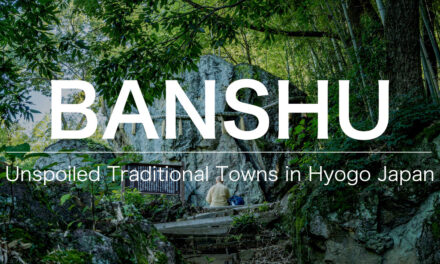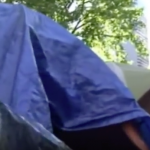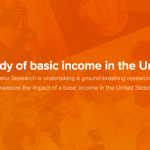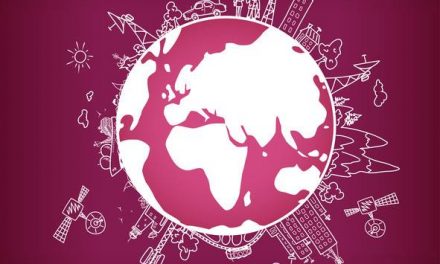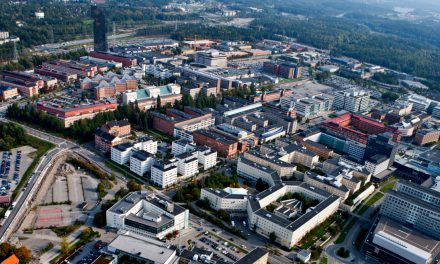
How has Sweden incorporated IoT into their forests?

Today, it has been exactly a year since I came back to Japan from Sweden. As my air mileage will be expiring soon, I am now planning to visit Sweden for a little while again. Come to think of it, before coming back to Japan, one of my close Swedish friends Victor showed me around the suburbs of Stockholm by car because I really wanted to see how Sweden’s forests, internationally well-known as a natural heritage, looked like. The day was one of the most fun days in Sweden for me.
In Sweden, 60% of the lands are covered by forests and 10% are either lakes or rivers. The natures are taken good care of by people and a number of nature preserves can be seen all over Sweden. In fact, you could find that a number of places are well-combined with nature.
For instance, one of the most popular tourist hotspots in Sweden is Skogskyrkogården, a cemetery located in the Enskededalen district south of central Stockholm, Sweden. Its design, by Gunnar Asplund and Sigurd Lewerentz, reflects the development of architecture from Nordic Classicism to mature functionalism.
This place is a good combination of forests and modern architecture. So, basically, preserving forests has taken root in the Swedish culture.
Sustained Prosperity of Forestry

Photo: www.forestindustries.se
In Sweden, there is a specific rule in forests. “When you cut a tree, plant two trees”. This has hugely influenced Sweden’s forestry. Swedish foresters always try to clarify which tree species, which diameter, which length of logs has the highest demand beforehand.
Then, based on the information, they figure out that which areas’ specifically which trees they should cut and how much they should produce logs in order to maximize their revenues without cutting down trees unnecessarily.
As I was in the civil engineering field previously, I thought that I knew a lot about construction machines. However, I saw foresters in Uppsala (Sweden) operating a number of machines that I had never seen before.
One day, I was burning with curiosity and couldn’t help asking foresters about machines that they were using. They kindly explained its details like how they cut trees, actually, the machines were connected to their operation center, etc.
Connected Vehicles
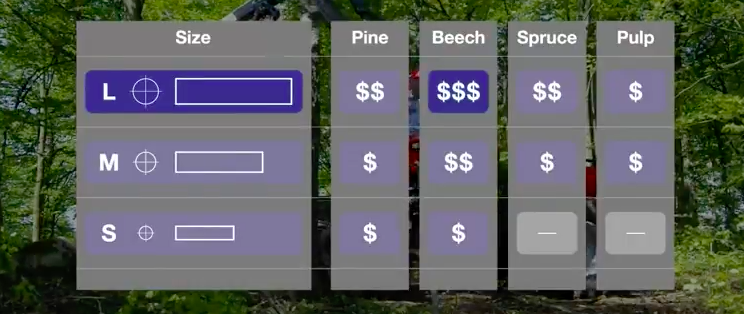
In Sweden, when foresters start their operations, first, they access to data in which their logging plans are managed. The plans are designed based on the information about natural features, prices of logs, foresters’ personal experience, etc.
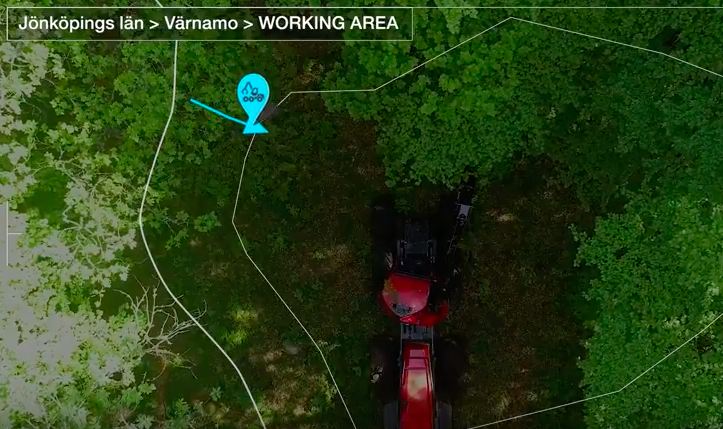
After confirming the plans, operators head to logging cites following GPS’s route guidance. So, basically, trees, humans
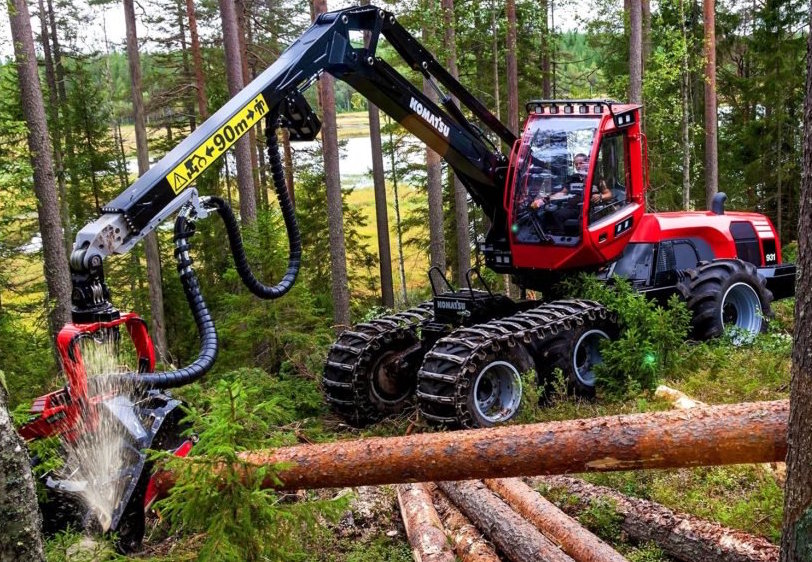
So, the well-designed machines are capable of creating different sizes of logs instantly. Then, the information about the location and logs will be read by a sensor and sent to the operation center.
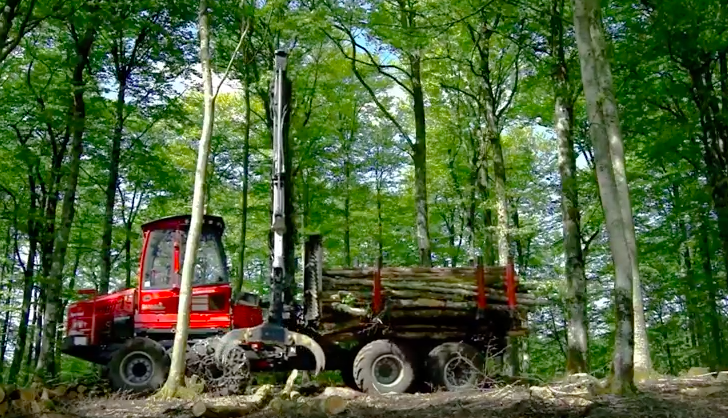
After that, another vehicle (machine) called “forwarder” comes to working areas, picks up the products and brings them all, which is directed based on the information sent to the center previously.
Decline in Forests

Sweden once went through a dramatic decline in forests, then, they laid down a variety of rules in order to rehabilitate them.
・When you cut a tree, plant two trees.
・Trees blown down by the gale should be left for living things such as birds and insects.
・etc …
As a result of these efforts, the forest resources in Sweden has doubled compared with 100 years ago. Now, their forestry business has been regarded as sustainable and accelerated the technological development like in no other country in the world.
We may feel pessimistic about the future where the new technology takes away our jobs. However, Swedish people have shown that the technology and humans can coexist.
Sponsored Link


